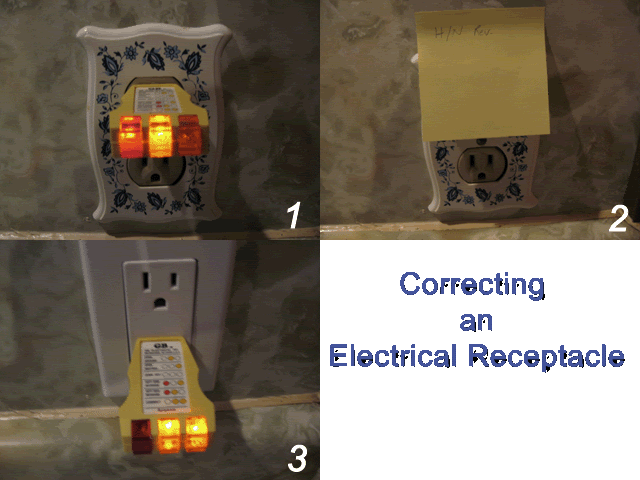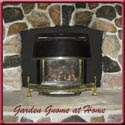Over the past eighteen months, we have replaced all of our major appliances. Energy efficiency and function have been the top deciding factors. In an earlier entry on Shopping for a Dishwasher I indicated we had narrowed down our choices for the new dishwasher. After considerable reseach we decided on the Bosch SHE44C02UC instead of the SHE44Co5UC. The installation was a planned DIY project with the help of our son-in-law who recently installed model SHE33C in their home. Bosch SHE44C02UC
Bosch SHE44C02UC
We chose the Bosch SHE44C02UC based on energy efficiency, features and lack of features. This is a tall tub model with stainless steel interior and nylon coated racks. A flow-through heater heats the water temperature to 161ºF. One of the first questions we have been asked is does the additional cost of a Bosch warrant it? We think so.
The dishwasher is reported to be one of the quietest in North America. Our kitchen opens onto the family room so noise level was a consideration. We were impressed with the condensation drying freature that hygienically dries the dishes without a heating element making it very energy efficiency. If using a gas hot water heater this model uses 315 kWh/year. We pay 5.5¢ per kWh but with the service charges the total price per kWh is about 11¢. This dishwasher will cost us approximately $25.58 per year to operate based on the Energy Star rating based on average usage without factoring in the cost of dishwashing detergent.
There were certain features we were not interested in. Similar dishwashers had a delay start and china setting. We had both of these features on the dishwasher at our old home and never used them.
The manufacturer's instructions indicate that a rinse agent must be used even if you use a detergent with a rinse agent included. They also specify using powdered detergent but tabs can be used if desired. Powdered detergent has less packaging so environmentally is friendlier plus it generally is more economical. This dishwasher uses less water as well so you need less detergent. The recommended amount is 1 tbsp (15 ml) for most loads to a mizimum of 3 tbsp (45 ml) if you have hard water. Liquid, gel or using too much detergent can damage dishware and cause etching in glassware. The Old
The Old
The old dishwasher was an ancient KitchenAid with a rusted through tub (1). The dishwasher is in this condition due to neglect by the former owner of our home even though when it was installed it was a higher end unit. We had considerable debate where to install the dishwasher. We had the existing location (1) and the location where the built-in oven (2) was. Finally we decided to install in the existing location. In order to install the new dishwasher the old dishwasher had to be removed. We removed the built-in oven at the same time.
Removing the old dishwasher proved to be a bit more difficult that the built-in oven. My husband and son-in-law spent a good couple of hours removing this beast. It was heavy as well. The electricity to both areas had to be turned off. The electricity to the dishwasher needed to be hardwired while the electricity to the old oven was disconnected at the panel then removed. Once both appliances were removed, it was time for the cabinet prep. Cabinet Prep
Cabinet Prep
The dishwasher connections can be seen in the existing cabinet (1). The cabinet from the built-in oven (2) is being turned into either shelving or drawers but the drawer idea is winning out. We have a cabinet maker who will make matching fronts. There was a little sealing work to do but not a lot in the existing cabinet.
A closer look around the window and patio door areas show the depth and the paint colour. The wall area by the microwave is the only real wall in the kitchen to be painted. The new countertop is scheduled to be installed hopefully before Aug 6. The backsplash is being tiled with an aqua glass tile as soon as the countertop is installed. I feel like I'm on one of those shows with a time limit for renovations! Installed
Installed
The dishwasher installed (1) looks wonderful! The guys ran into a problem with drainage since the old dishwasher drainage was practically blocked. That had to be removed and replaced. The almost 1 foot deep windowsill and patio door trim (3) has been painted with Behr Tide Pools to create a shadow effect to the walls painted Country Mist.
I would like to address the much advertised quietness of this machine. It is quite quiet but there is still some noise so don't expect not to hear anything. Still it is very, very quiet. All in all, we are very happy with our decision of buying this dishwasher and installing it ourselves.
Garden Gnome
© 2007





 Old
Old New
New



















